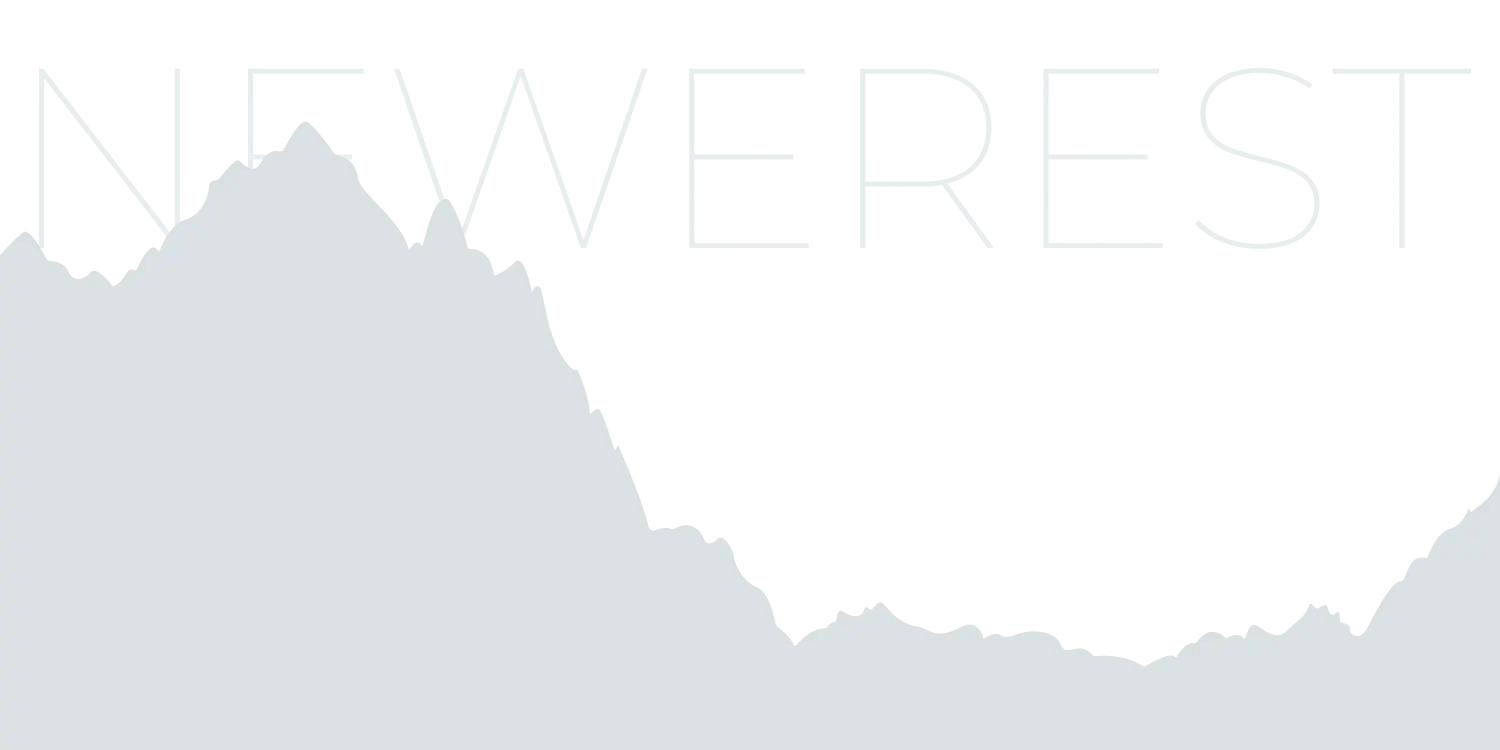Vibe coding is here to stay. Can it ever be secure?

The AI Report
Daily AI, ML, LLM and agents news
The Rise of "Vibe Coding": How AI is Transforming Software Development
Software development is experiencing a seismic shift. AI-powered coding tools are enabling entrepreneurs and small companies to create professional-grade applications that once required multimillion-dollar budgets. But this democratization of software creation comes with significant security tradeoffs that every developer and business leader needs to understand.
What is "Vibe Coding"?
"Vibe coding" represents a new approach where developers place complete trust in AI's ability to generate software correctly. Instead of writing code line-by-line, humans focus on high-level problem-solving while AI handles the technical implementation. Essentially, developers "forget that the code even exists."
This isn't just a fringe practice. A 2024 GitHub survey found that 97% of 2,000 coders across four countries now use AI coding tools in their work. Microsoft reports that over 50,000 organizations and more than 1 million developers actively use GitHub Copilot alone.
The Security Reality Check
While 99-100% of surveyed developers expect AI to improve software security, the data tells a different story. BaxBench testing reveals that 62% of code from top AI models contains errors or security vulnerabilities. Even when the code functions correctly, about half still contains exploitable security flaws.
Key Finding: Current AI models produce secure, workable code less than half the time—even with extensive security prompting.
Independent research challenges optimistic industry studies. Security researcher Dan Cîmpianu notes that favorable AI coding studies often test simple, repetitive tasks rather than complex development challenges, skewing results toward AI capabilities.
The Executive vs. Practitioner Divide
A critical disconnect exists between leadership and security teams. Executives show significantly more enthusiasm for AI coding tools than cybersecurity practitioners, who remain deeply skeptical. This gap creates organizational risks when decision-makers push AI adoption without adequate security considerations.
At Veracode's analysis, 41% of AI-generated code contained security vulnerabilities—matching human-generated code rates but offering no improvement despite AI's theoretical advantages.
Real-World Consequences
A Polish hackathon demonstrated these risks in action. Of 40 teams building AI-powered applications, 80% shipped their products without adding security protections beyond basic AI guardrails. Many teams intentionally disabled security features because they reduced AI accuracy and blocked legitimate actions.
Critical Insight: Teams consistently prioritize user experience and development speed over security when using AI tools.
The Inevitable Future
Despite security concerns, experts unanimously agree that AI-coded software isn't disappearing. Casey Ellis of Bugcrowd calls widespread adoption "inevitable," noting that AI democratizes software creation by giving more people building capabilities.
The challenge lies in balancing opportunity with responsibility. While AI enables rapid prototyping and removes technical barriers, it also amplifies the attack surface by helping generate massive amounts of code quickly.
Actionable Steps for Safer AI Development
For Developers:
- Treat AI as an assistant, not a replacement for security knowledge
- Implement additional security testing specifically designed for AI-generated code
- Never deploy AI-generated applications without thorough security review
For Organizations:
- Bridge the gap between executive enthusiasm and security team concerns
- Invest in security tools designed for AI-generated code evaluation
- Provide security training focused on AI development risks
For the Industry:
- Develop better security guardrails that don't compromise AI functionality
- Create specialized tools for evaluating AI-generated code security
- Establish best practices for vibe coding workflows
The Path Forward
Jack Cable, who left CISA to focus on AI coding security, believes the solution isn't stopping AI adoption but building better security tools for this new reality. His startup Corridor focuses specifically on adding security layers to AI-coded applications.
The goal isn't perfect security—traditional human-coded software has plenty of vulnerabilities too. Instead, we need frameworks that acknowledge AI's limitations while harnessing its democratizing power.
Bottom Line: AI coding tools offer unprecedented accessibility and speed, but they require new security approaches. Success depends on recognizing both the opportunities and risks, then building processes that maximize benefits while minimizing vulnerabilities.
The future of software development is already here. The question isn't whether to embrace AI coding—it's how to do it responsibly.

The AI Report
Author bio: Daily AI, ML, LLM and agents news
